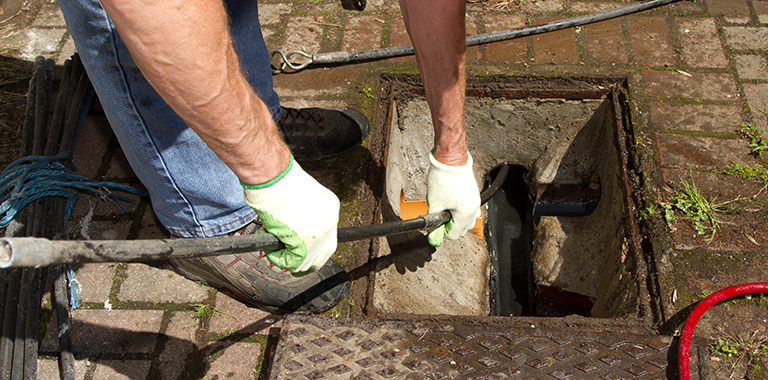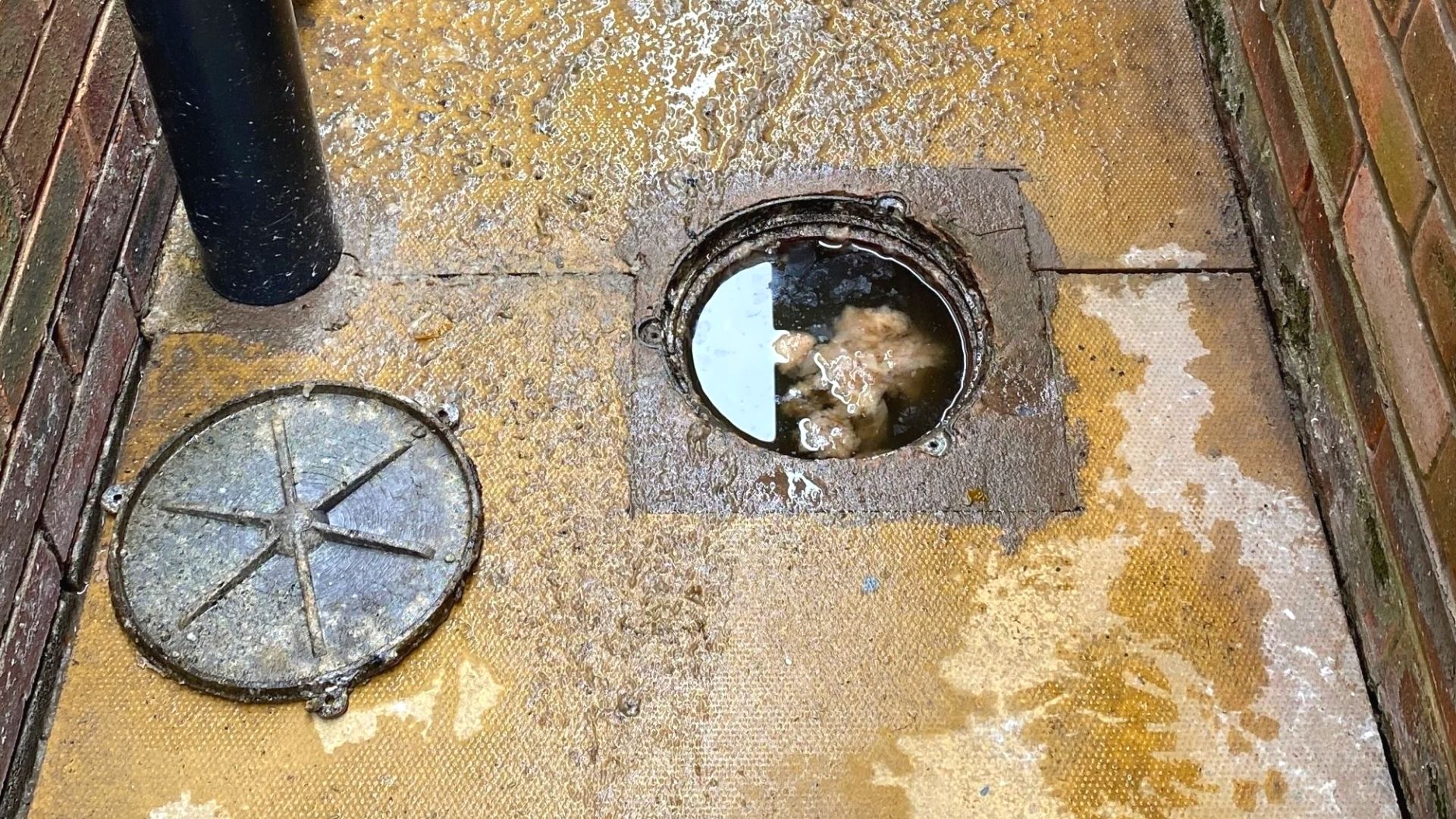Tips for Managing a Blocked Drain Prior to Contacting Experts
Tips for Managing a Blocked Drain Prior to Contacting Experts
Blog Article
How do you actually feel about How to handle a clogged drain in your home?

Introduction
Taking care of an obstructed drain can be an aggravating experience, interfering with daily activities and potentially triggering damages to your residential or commercial property. Nonetheless, prior to connecting to plumbing specialists, there are actions you can require to deal with the issue yourself. In this guide, we'll discover do it yourself solutions and preventive measures to deal with a blocked drainpipe efficiently.
Identifying the Problem
The first step in addressing a blocked drainpipe is recognizing the signs. Sluggish water drainage, gurgling audios, foul odors originating from drains, or water support up prevail indications of an obstructed drain. Recognizing these signs early can assist avoid even more problems.
Selecting the Right Plumbing Solution
When picking a plumbing solution, consider aspects such as experience, licensing, and consumer testimonials. Pick a respectable plumbing with a record of quality workmanship and clear rates methods.
Cost Considerations
The cost of specialist drainpipe cleaning services can differ depending upon the intensity of the obstruction and the plumbing professional's prices. Request quotes from several providers and inquire about any type of surcharges to guarantee openness and stay clear of shocks.
Safety Measures
When attempting do it yourself drain cleaning, focus on safety. Wear safety gloves and glasses to avoid contact with dangerous chemicals or bacteria. Never blend various drainpipe cleansing items, as this can produce hazardous fumes.
Case Studies
Real-life examples illustrate the efficiency of DIY services and the significance of prompt professional intervention in dealing with drainpipe obstructions.
Usual Root Causes Of Obstructed Drainpipes
Comprehending the aspects that contribute to drain clogs is necessary for reliable resolution. Typical wrongdoers include hair, soap scum, oil, food particles, and foreign objects like sanitary products or paper towels. Tree roots invading underground pipelines can additionally create significant blockages.
DIY Solutions
For minor blockages, several DIY solutions can be efficient. Pouring boiling thin down the drainpipe can assist liquify oil and particles. Sodium bicarbonate and vinegar or a combination of salt and baking soft drink can serve as all-natural cleansers. Making use of a plunger or pipes snake to dislodge blockages is an additional alternative.
Tools and Tools
Having the right devices accessible can make do it yourself drainpipe cleaning up more efficient. A plunger is a flexible tool for clearing obstructions in sinks, bathrooms, and showers. A plumbing snake or auger can reach much deeper obstructions, while drainpipe cleansing chemicals can be made use of carefully for stubborn clogs.
Safety nets
To stay clear of future obstructions, taking on preventive measures is essential. Install drainpipe guards or strainers to capture hair and debris before they get in the pipes. On a regular basis flush drains pipes with hot water to liquify oil accumulation, and prevent throwing away grease or solid waste down the drain.
When to Call a Specialist
While DIY remedies can settle minor obstructions, specific signs suggest the demand for professional support. Relentless clogs, foul odors despite cleaning initiatives, or numerous drains pipes backing up all at once are warnings that call for skilled intervention.
Conclusion
By adhering to the pointers laid out in this guide, you can efficiently tackle obstructed drains pipes and stop future plumbing problems. Whether opting for do it yourself services or looking for specialist help, timely action is essential to keeping a healthy plumbing system and maintaining the integrity of your home.
How to Clear a Clogged Drain Yourself (And When to Call In the Professionals)
What Can Clog a Drain
Dirt Skin flakes Hair Grease Soap scum Food Offset pipes Tree roots Small objects Mineral buildup DIY Tricks to Unclog a Drain
You can fix this! Once you have identified the source of the clog (or have a vague idea), you can try one or a combination of these fixes in order to clear your plumbing.
Wire Hanger or Snake
Untangle and clear out hair from a drainpipe with a homemade snake. Use a straightened-out wire hanger with a 90-degree angle hook to locate the clog and drag out any unwanted material.
Remember not to push the clog further down to where the wire hanger cannot reach! If you need to follow up with a plunger, give it a try. Your efforts might be more successful after it’s been wire-snaked.
If you want to get fancy and don’t have a wire hanger to spare, head to the store and pick up a hand-operated drain snake. You can get one for $10-$30. It may save you the hassle, and provide additional length to reach deep into the clogged pipe.
Plunger
A cup plunger has a suction cup attached to a wooden handle. The rubber creates a seal around the drain, and increases the pressure force of the plunger.
Plunge for 30-second increments to loosen the clog. This may need to be repeated over the course of 15-20 minutes. Once plunged, run the water to flush the remaining material out of the drain.
Remember– never use a plunger if you have used a chemical drain cleaner. These chemicals can splash up from the force of the plunger and cause serious injury or burns.
Boiling Water
Hot water can sometimes break up materials into a flushable amount. Dirt, grease, and soap buildup requires heat in order to unstick from surfaces.
Take your kitchen kettle and heat your water to a boil. Once it reaches a rolling boil, pour it directly down the drain into the blockage. Carefully follow with plunging, if necessary.
Don’t worry if this takes more than one try! It can often take multiple kettles and repeated plunging in order to clear a particularly stubborn clog.
Chemical Drain Cleaner
As a last resort, pick up a bottle of chemical drain cleaner. Drain-cleaning chemicals are potent, and not very good for the environment.
You may need to wear protective eyewear in gloves before handling your bottle of chemical drain cleaner. Follow the instructions printed on the bottle, and flush with water as soon as the instructions allow. Do not follow with plunging.
Baking Soda and Vinegar
As a safer alternative to chemical drain cleaner, baking soda and vinegar can create a chemical reaction that clears tough clogs.
Combine one cup of cleaning vinegar with one cup of boiling water, and set aside. Once you have done this, pour half a cup of baking soda down the drain. Give the baking thirty seconds to settle and cover a large portion of the problem drain.
Following the baking soda, pour down your vinegar and hot water solution. Once the vinegar and baking soda combine, the mixture will bubble and fix. Let this reaction fizzle in the drain for about an hour.
After an hour, follow with a kettle’s worth of hot water. The heat and liquid should flush out any remaining material.
When to Call a Plumber
If your DIY attempts haven’t cleared your clog drain, it’s time to call in a professional. It’s not worth losing access to your kitchen sink or high-traffic bathroom. A clog in a vital area can keep you from the things you’d rather be doing, and derail your routine.
Anytime a clog is causing water to spread is a time to call in a plumbing service. What starts out as a little bit of water can quickly grow into serious, expensive water damage.
Additionally, a serious clog can result in burst pipes or serious leaks. Make sure you know when to take it seriously!
https://myguysnow.com/how-to-clear-a-clogged-drain-yourself-and-when-to-call-in-the-professionals/

Hopefully you liked our topic on Tips for Dealing with Clogged Drains and Sewer Lines. Thanks so much for taking a few minutes to read our blog post. Sharing is nice. Helping others is fun. We value your readership.
Click Here Report this page